Your Body's 24/7 Cleanup Crew: What Detoxification Actually Means

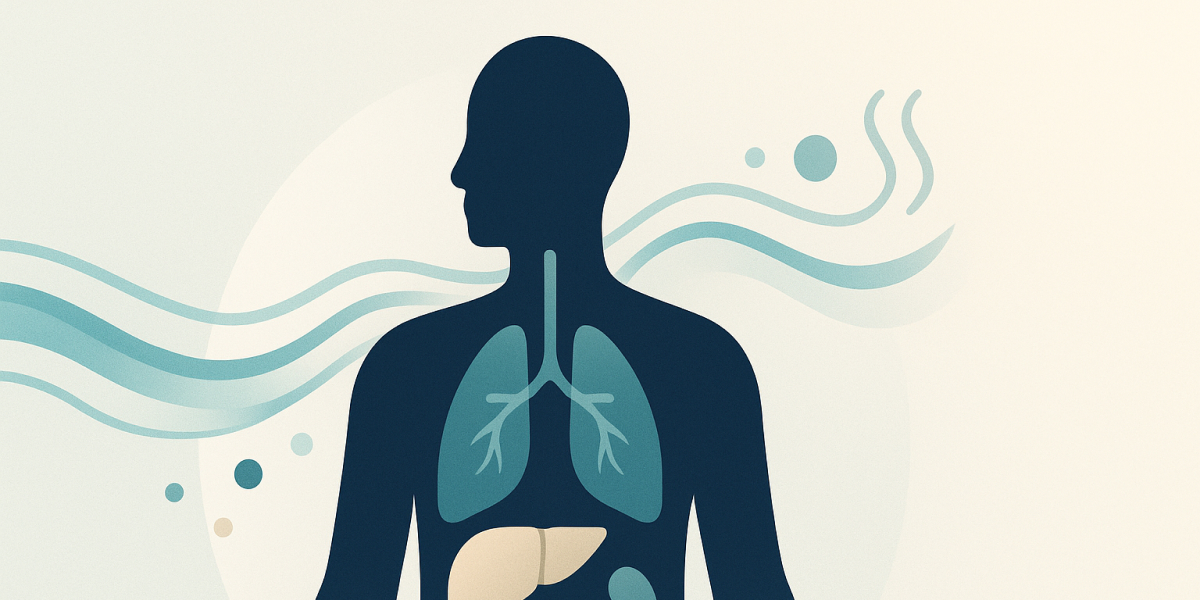
Let's talk about detox. Not the juice cleanse kind, not the "teatox" kind, but the real deal happening inside your body right this second. While you're reading this, your liver is processing last night's dinner, your cells are breaking down old proteins, and your kidneys are filtering waste. This isn't something you do for three days in January. This is your body's continuous, sophisticated cleanup operation that never stops.
Here's what most people don't realize, you're not just exposed to toxins from the environment. Yes, pesticides, plastics, and pollution matter. But your own body creates waste products every single day just from normal metabolism. When your cells make energy, when you digest food, when your muscles repair themselves after a workout, they all create byproducts that need to be handled and removed. Add to that the medications you take, the alcohol you might drink, the preservatives in your food, and even the stress hormones your body produces, and you've got a constant stream of compounds that need processing.
The Load Your Body Carries: An Evolutionary Mismatch
Your detoxification system evolved over millions of years to handle the natural world. Heavy metals from water and soil. Compounds from plants and fungi. Smoke from fires. The waste products your own cells produce. For the vast majority of human history, these were the primary challenges your liver and kidneys faced.
Then something dramatic happened, and it happened fast. In the 1950s, the chemical revolution kicked into high gear. Since then, chemical production has increased fifty-fold. Today, there are approximately 350,000 different synthetic chemicals registered for commercial use globally. That's not a typo. Three hundred and fifty thousand. And about 2,000 new chemicals are introduced every single year, roughly seven new chemicals per day.
To put this in perspective, synthetic pesticides as we know them only became widespread in the 1940s during World War II. The first synthetic pesticide, DDT, was primarily used starting in 1939. Plastics only began mass production after World War II. Teflon was invented by accident in 1938 and commercialized in 1945. PFAS chemicals, now found in the blood of nearly every person on Earth, weren't produced at scale until the 1950s. These "forever chemicals" are called that for a reason, they break down so slowly that they persist in the environment and in our bodies for decades.
The synthetic organic chemical industry has exploded. Between 1970 and 1995 alone, production tripled from 50 million tons to 150 million tons. By 2050, it's projected to triple again from where we are today. Plastic production increased 79 percent just between 2000 and 2015.
Here's the critical insight, in evolutionary terms, 80 years is a snap of the fingers. Your body's detoxification system is running ancient software designed for a natural world, but we're asking it to process files it's never seen before. Compounds that didn't exist until your grandparents' generation (or parents!). Substances that your genes have no evolutionary experience handling.
The result? We all carry hundreds of synthetic chemicals in our bodies that simply weren't there for previous generations. Every time researchers look for more chemicals in human tissue, blood, or urine, they find more. Studies show that most of the 80,000-plus chemicals registered for use in the United States have never been tested for safety or toxicity by any government agency. Nearly 45 percent of the high-production-volume chemicals, those made at more than one million pounds annually, lack adequate toxicological studies.
This is the load your detoxification system is carrying. Not just the natural compounds your body evolved to handle, but an unprecedented chemical burden that's brand new in human history.
Your Body's Three-Phase Response
Your body doesn't just "deal with it." It has an elegant three phase system that's working around the clock to transform these compounds, both natural and synthetic, from potentially harmful substances into water soluble molecules that can safely exit through your urine, stool, or sweat. Think of it like a three stage water treatment plant, but for your cells.
→ Phase I is the Activator. This is where a family of enzymes called cytochrome P450s (we'll just call them CYPs) grab onto toxins and other compounds and chemically modify them. Here's the catch, this phase actually makes some toxins MORE reactive for a brief moment. It's like taking the wrapper off a piece of candy. The CYPs are preparing these compounds for the next phase, but in doing so, they temporarily create what we call reactive intermediates. These are molecules that, if not quickly handled by Phase II, can cause oxidative stress and damage to your cells.
→ Phase II is the Neutralizer. This is where your body attaches small molecular groups to those reactive intermediates from Phase I. These attachments, called conjugation, are like putting handles on a suitcase. Sorry for this next part but there is no easy way to explain this. The main conjugation pathways involve enzymes like GST (glutathione S-transferase), UGT (UDP-glucuronosyltransferase), SULT (sulfotransferase), NAT (N-acetyltransferase), and COMT (catechol-O-methyltransferase). Each one attaches a different type of handle, glutathione, glucuronide, sulfate, acetyl groups, or methyl groups. Once these handles are attached, the formerly dangerous reactive compound becomes neutral and water-soluble.
→ Phase III is the Exit Strategy. This phase does double duty. First, it involves transporter proteins (especially the ABC family of transporters) that physically move those conjugated compounds out of your cells and into your bile, urine, or other elimination routes. Second, and just as critical, this phase includes your antioxidant defense systems. Remember how Phase I creates oxidative stress? Phase III includes the cleanup crew for that oxidative damage, glutathione (GSH), the NRF2/KEAP1 network that regulates antioxidant genes, and enzymes like SOD (superoxide dismutase), catalase, and GPX (glutathione peroxidase) that neutralize free radicals. Without this antioxidant backup, the oxidative stress from Phase I would damage your cells even as you're trying to detoxify.
Why This Matters to You
When this three phase system is humming along smoothly, you feel good. Your energy is steady, your skin is clear, your brain is sharp, and your body handles whatever you throw at it. But when one or more phases get sluggish or overwhelmed, things start to break down.
Maybe Phase I is running too fast, creating reactive intermediates faster than Phase II can neutralize them. Or maybe Phase II is sluggish because you're low on the nutrients it needs to make those conjugation handles. Perhaps your Phase III transporters aren't working efficiently, so toxins get stuck inside your cells. Or your antioxidant systems are depleted, leaving you vulnerable to oxidative damage.
The result? You might experience chronic fatigue, brain fog, headaches, skin issues like acne or eczema, hormone imbalances, difficulty losing weight, or increased sensitivity to medications, alcohol, or fragrances. These aren't just random symptoms. They're often signs that your detoxification system needs support.
And given the unprecedented chemical load we're all carrying compared to any previous generation in human history, supporting this system has never been more important.
Your Detox System is as Unique as Your Fingerprint
Here's where it gets really interesting. The genes that code for these detoxification enzymes come in different variants. Some people have versions of CYP genes that make their Phase I run extra fast. Others have slower versions. Some people have genetic variations in their COMT gene that affect how they break down stress hormones and certain neurotransmitters. Others have variations in GST genes that influence how well they can use glutathione for conjugation.
This is why one person can drink coffee all day and sleep like a baby, while another person has half a cup and feels jittery for hours. It's why some people feel terrible after just one drink, while others seem fine. It's why certain medications work great for some people and cause side effects in others. Your genetic blueprint determines how efficiently each phase of your detoxification system operates.
The Good News: Your Detox System Can Be Optimized
Here's what you need to know, even if you have genetic variants that make certain phases run slower or faster than ideal, you're not stuck with poor detoxification. Your genes load the gun, but your lifestyle pulls the trigger. Or in this case, doesn't pull it.
The vast majority of detox optimization happens through strategic nutrition, targeted supplementation, and lifestyle modifications. We're talking about giving your body the raw materials it needs to run these pathways efficiently. The right nutrients to fuel the enzymes. The antioxidants to buffer the oxidative stress. The cofactors that make conjugation possible. The lifestyle habits that reduce your toxic load and support elimination.
Sometimes pharmaceutical support is needed, particularly when dealing with significant health issues or genetic variations that require more intervention. But that's the exception, not the rule. For most people, understanding how these pathways work and supporting them through diet and lifestyle creates dramatic improvements in how they feel and function.
Understanding your detox system isn't about buying expensive supplements or doing extreme cleanses. It's about recognizing that this is a fundamental system in your body that needs the right raw materials, the right lifestyle support, and sometimes, the right genetic insights to work optimally. Especially now, when that system is being asked to handle a chemical load unlike anything humanity has ever faced.
What's Coming Next
Over the next four articles, we're going to give you the complete picture. You'll learn exactly how Phase I transforms compounds, what can go wrong, and specific strategies to support it. We'll dive deep into the six main conjugation pathways of Phase II and why glutathione and methylation are such big deals. We'll explore how Phase III gets toxins out of your body and why your antioxidant defense system is just as important as the detox process itself.
But we're not stopping at mechanisms. In each article, we'll also cover how to assess whether that particular phase is optimized in your body and what specific actions you can take to improve it. And finally, we'll bring it all together with a look at how your genetics influence this entire system and how to use that information to create your personalized detox blueprint.
Your body is already an incredible detoxification machine. Let's learn how to support it properly.



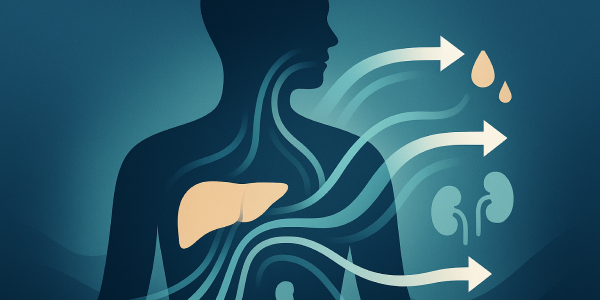
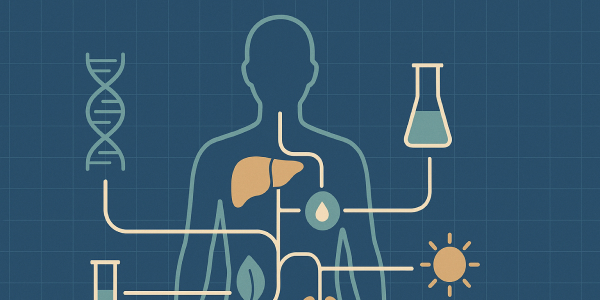
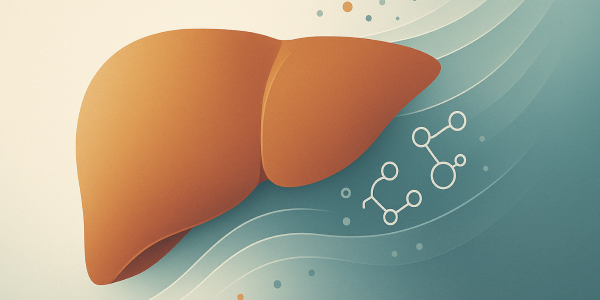
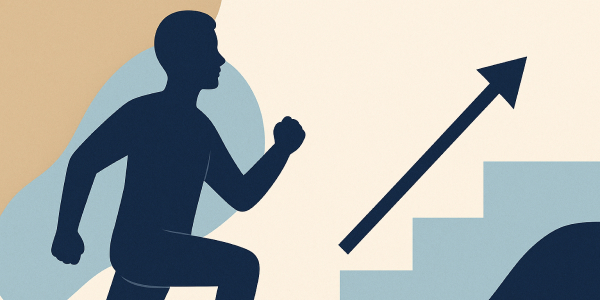
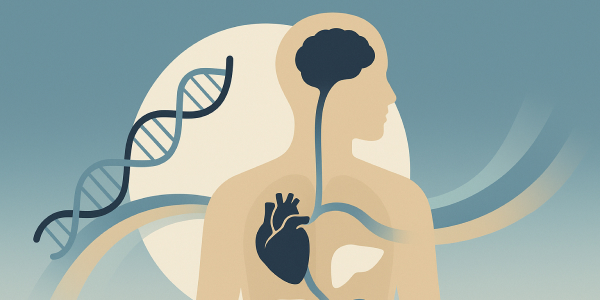
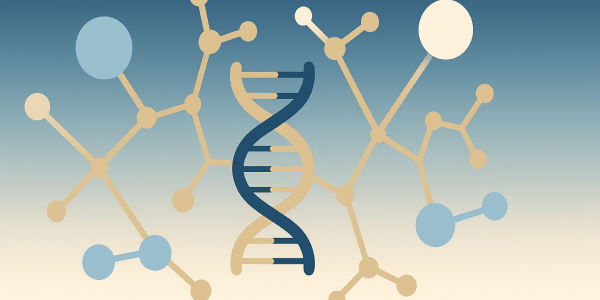

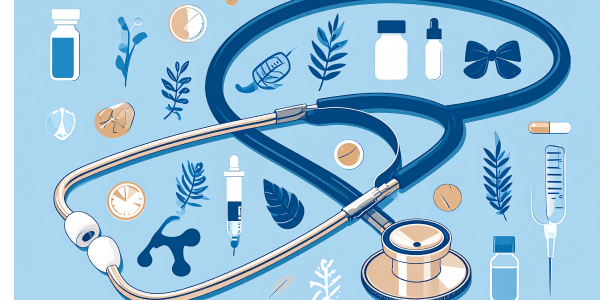
.svg)